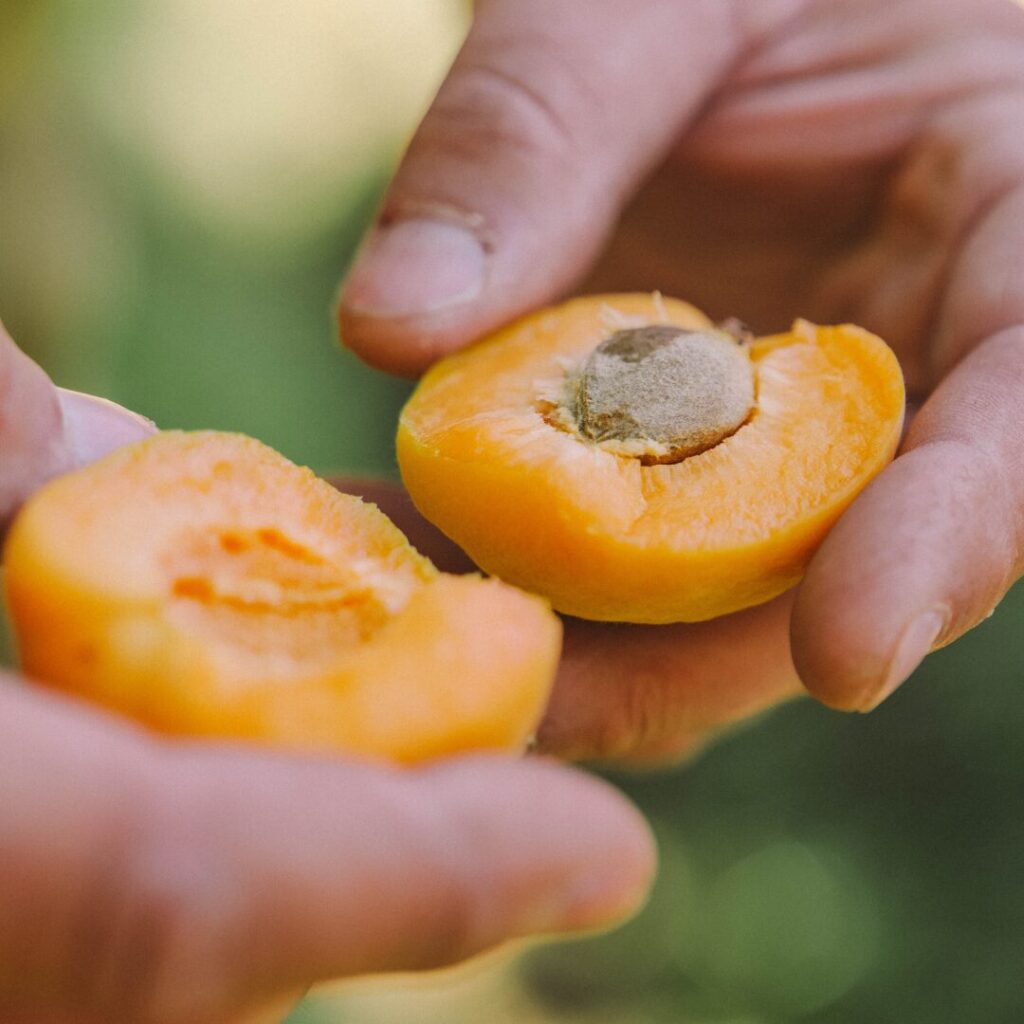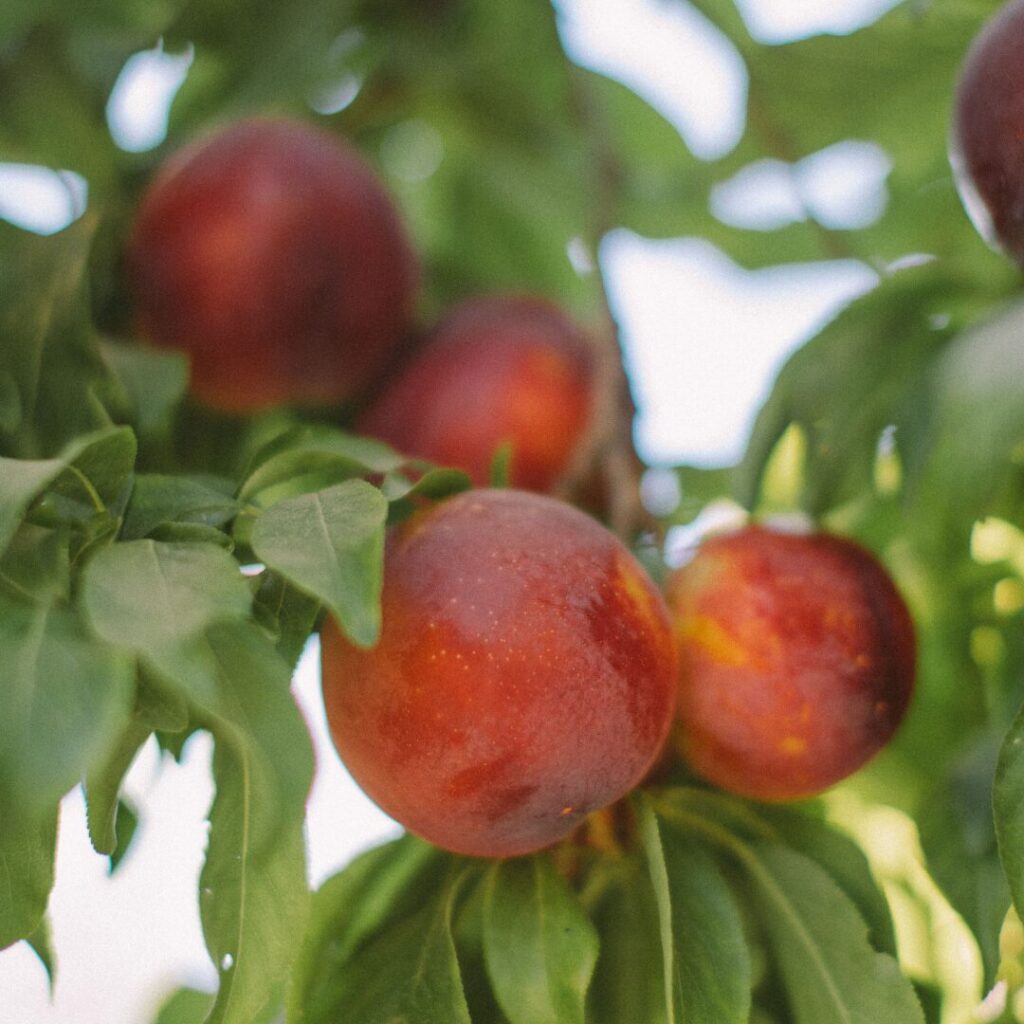Your guide to regenerative agriculture and why it matters for our food system

The way we grow food has a profound impact on everything—from the health of our soil to the future of our climate. That’s where regenerative farming comes in.

What is regenerative farming?
Regenerative farming, also known as regenerative agriculture, is a method of growing food that goes beyond sustainability. Instead of just maintaining the status quo, it seeks to restore and replenish the land, improving soil health, biodiversity, and the surrounding ecosystem with every growing cycle.
At its core, regenerative agriculture focuses on working with nature—not against it. It includes practices like:
- Cover cropping to prevent soil erosion and maintain nutrients
- Crop rotation to promote biodiversity and reduce pests
- Minimal tillage to protect soil structure and microorganisms
- Integrating livestock to naturally fertilize the land
- Composting and organic inputs instead of synthetic chemicals
At its heart, regenerative farming asks a simple but powerful question: Does this farming method take away from the land—or give back to it?
Unlike conventional farming, which often prioritizes yield at the expense of soil health and long-term sustainability, regenerative farming is meant to be a net positive. That means building healthier ecosystems, capturing more carbon, supporting biodiversity, and producing nutritious food—all while improving the land with each harvest.
By building healthier soil, regenerative farms can actually capture more carbon from the atmosphere, making them a powerful tool in the fight against climate change.
Why is regenerative agriculture important?
Our modern food system relies heavily on intensive farming methods that can strip the land of nutrients, degrade soil health, and contribute to greenhouse gas emissions. Over time, that means fewer nutrients in our food, less resilient crops, and a growing strain on our environment.
Regenerative agriculture flips that model on its head—improving long-term land health while producing high-quality, flavorful food. It can also help:
- Improve water retention in soil (reducing the need for irrigation)
- Increase resilience to droughts and extreme weather
- Support stronger local ecosystems and pollinators
- Build a more secure and sustainable food future
Regeneratively grown at Misfits Market


We’re proud to work with growers who are leading the way in regenerative agriculture. That includes:
- Regenerative Russet Potatoes from Schoonover Farms
These high-quality organic Russet potatoes are grown using minimal water, fewer inputs, and cover cropping techniques that help restore the land. Schoonover Farms is a leader in regenerative agriculture, and we’re excited to bring their spuds to our customers at a discount—making sustainable choices more accessible. - Organic Stone Fruit from Homegrown Organics
Our 2-pound bags of organic peaches and organic nectarines from Homegrown Organics come from a regenerative farm in California. These juicy summer staples are grown in ways that build soil health and reduce the need for synthetic inputs—so you can enjoy them at their peak while supporting better farming practices.
Our role at Misfits Market
At Misfits Market, we believe the future of food is rooted in transparency and smarter sourcing. That’s why we partner with farms committed to regenerative practices, like Schoonover Farms, who grow high-quality russet potatoes with fewer inputs and more care for the land. It’s also why we’re expanding our assortment to include more products grown with regenerative principles, so you can feel good about what you’re buying—and where it comes from.
Because when we invest in regenerative farming, we’re not just growing food. We’re building a better food system, one field at a time.
Want to learn more? Visit our Food Waste Hub for even more ways to eat sustainably and reduce your impact.
Keep reading: What Does Organic Food Really Mean?
